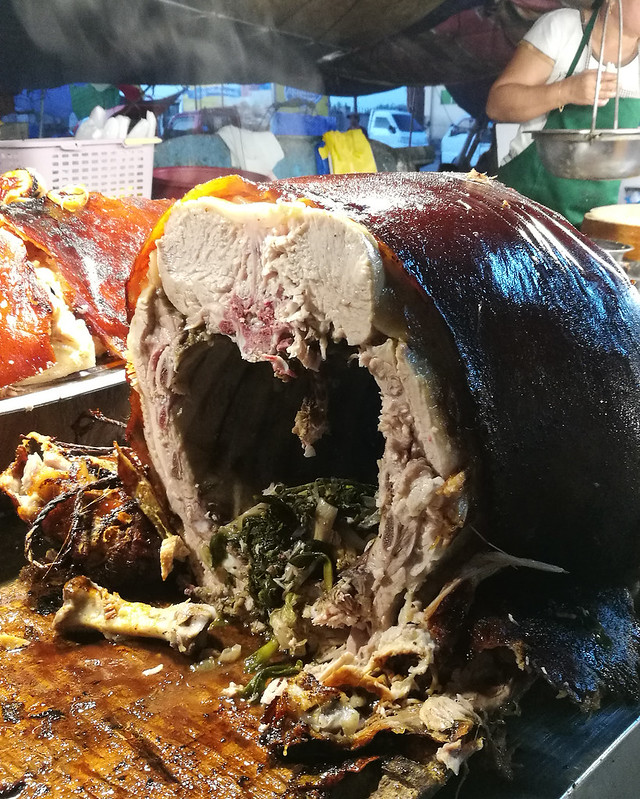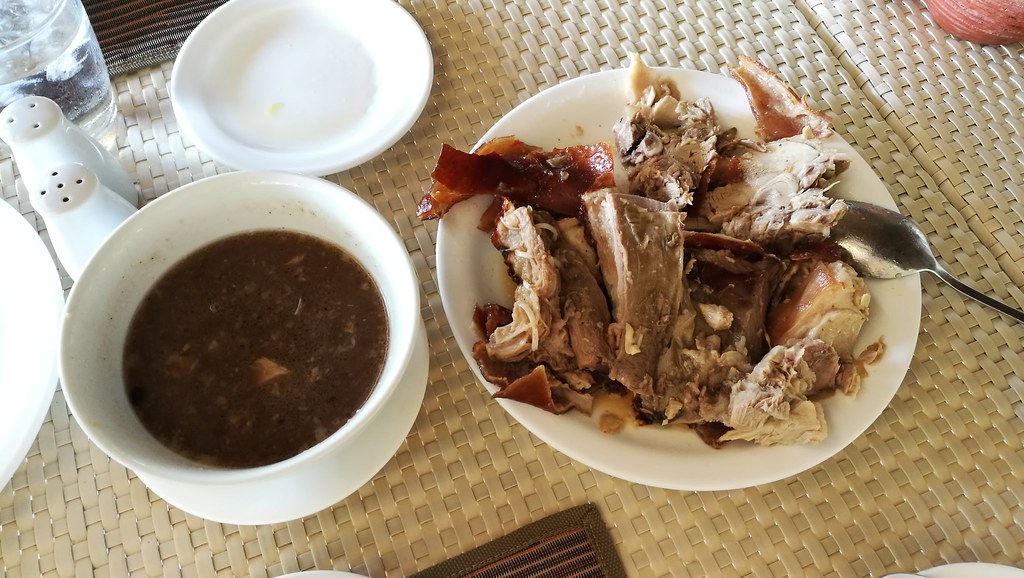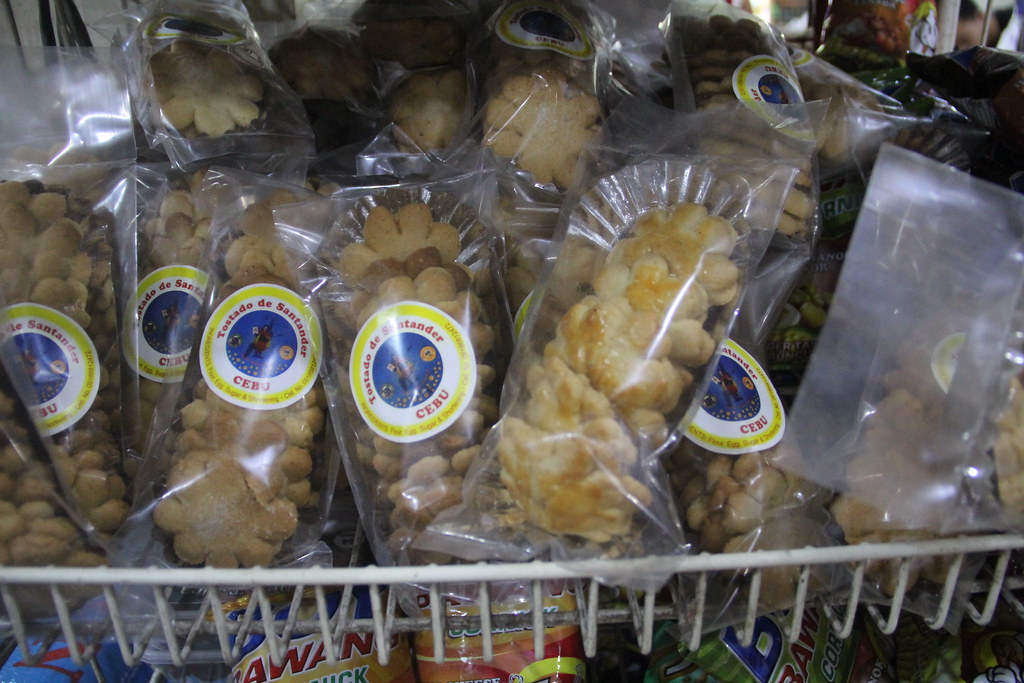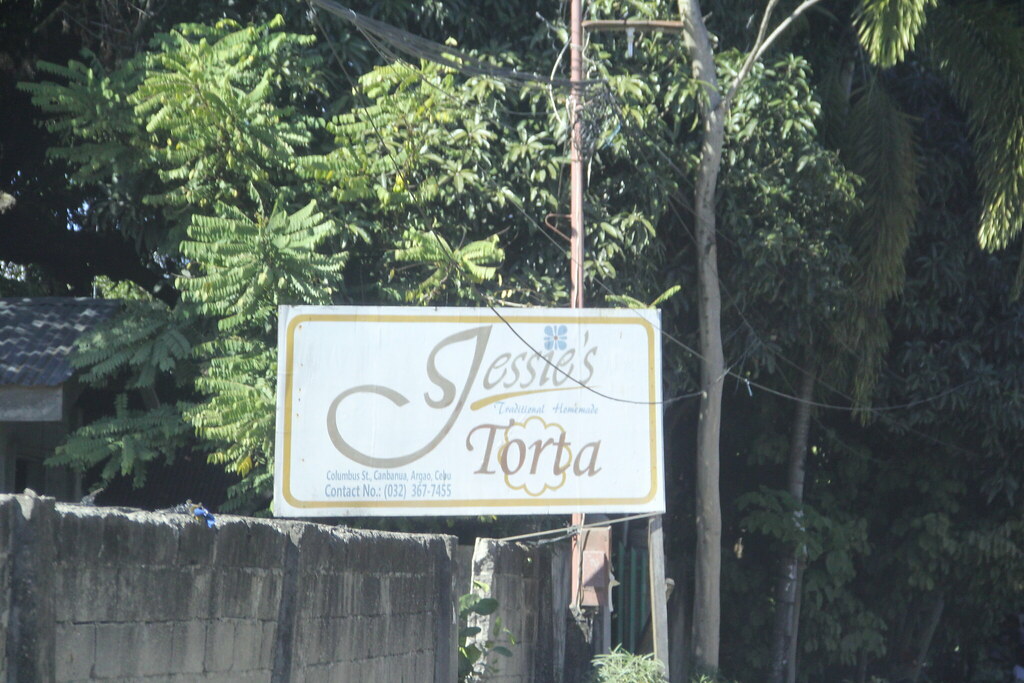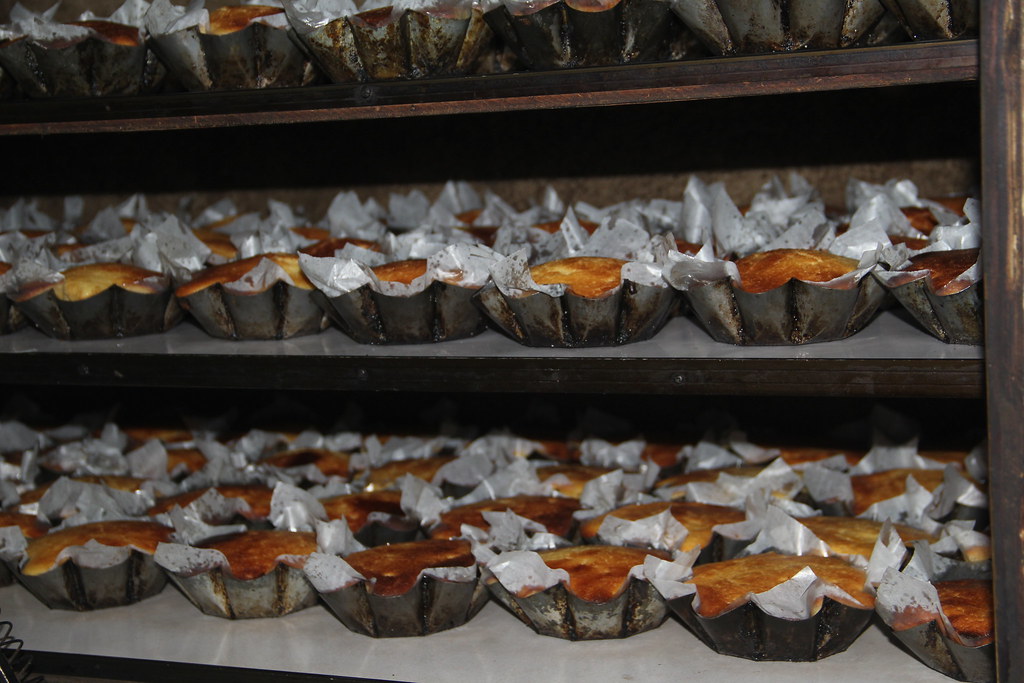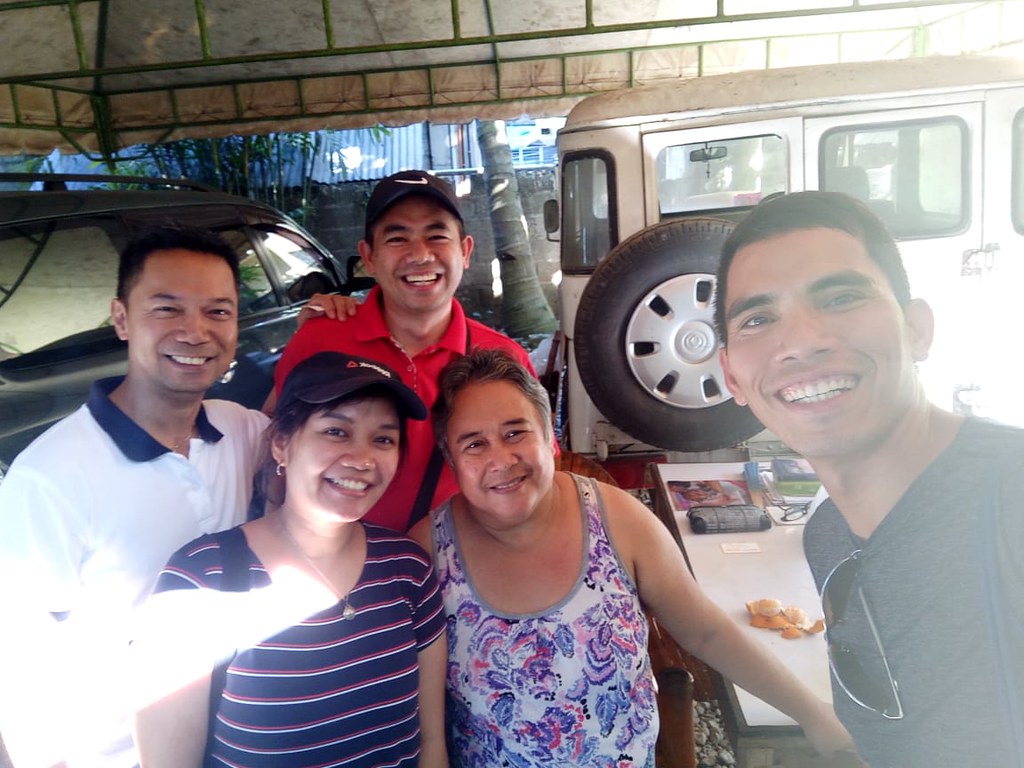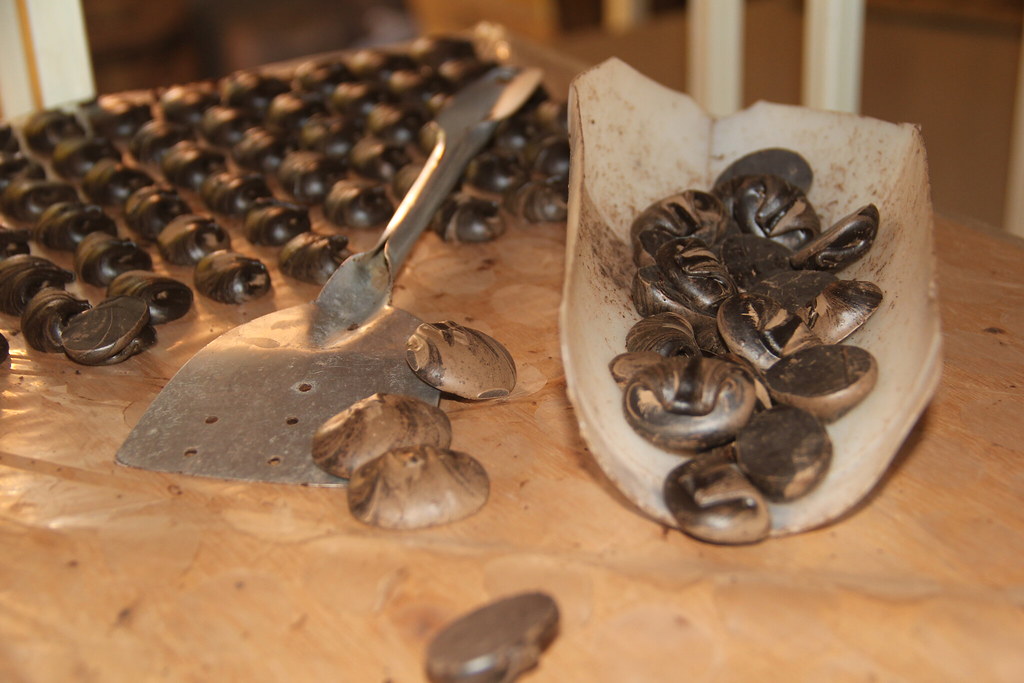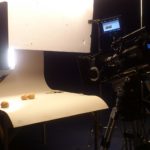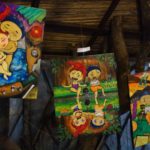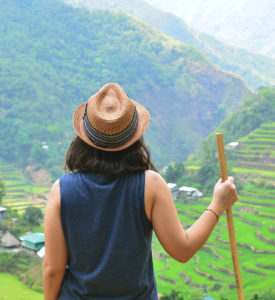One of the best ways to learn about one’s city palate is to go back to basic. You may have learned a lot of things along the way in your career but then, all of a sudden you hit a blank wall. You’ve lost your mojo. Your #SparkJoy. The best strategy is to revisit the basics. A mentor once gave me solid advice: if ever I find myself confused over something or got lost along the way, always go back to the company’s mission-vision. The corporate mission-vision exists not to establish the company’s identity but acts as a guide to the people who got lost along the way as they try to achieve the company’s goals.
But I digress, this entry is all about the Cebu south food tour I did with my F&B colleagues. We want to revisit and pay homage to our Cebuano roots in the food aspect. So here is our itinerary:
Carcar for the Cebu Lechon
What makes their lechon different is the sabaw that comes with it. You can request for the lechon vendor to include the sabaw with your 1 kilo of lechon. The sabaw is a game changer because it enhances the flavor of the lechon. Either you eat your lechon dipped in the sabaw or your pour the sabaw generously on your steaming rice. Either way, you get more calories by doing so.
The sabaw (sauce) was extracted from the lechon sauce and oils that dripped from the lechon as it was being roasted. Definitely not for the faint of heart.
SAMBOAN for Palagsing
During our visit, we were not able to find a palagsing. The elusive palagsing is available only twice a week: Sundays and Tuesdays.
The preparation process is too tedious that involves extracting the starch from the trunk of a mature saksak palm. These palms can be found along the Samboan coastline. The palagsing can be bought near the Aguinid Falls area or at the Samboan public market.
Pro-Tip: Bluewater Sumilon serves palagsing at their breakfast buffet.
SAMBOAN for Pugon Cookies
When we asked around for the palagsing, a local was kind enough to share her how her pugon cookies were made. She showed us that her mother baked the cookies. The makeshift oven is made of a strong clay mold with galvanized GI sheets. The top part is filled with burning coconut husks while firewood is used at the bottom. The fire engulfs the cookies inside the clay mold and will be baked in just a few minutes.
These cookies are found near the jump-off point of the Aguinid Falls. Sold at PHP 60 per pack.
SANTANDER for Tostado Cookies
An heirloom Filipino-style sugar cookie passed on from generation to generation. Its origin dates back during the Spanish times. The term tostado means toasted in Spanish.
Though tostado can be bought from the neighboring towns like Dalaguete and Argao, the people from Santander celebrates its own Tostado Festival. The iconic floral shape of the cookies is evident in their town’s branding.
DALAGUETE for Podrida
Podrida s my personal favorite Dalaguete delicacy. It looks like a small mound of volcano-shaped cookie filled with luscious fruity fillings of langka or bantiyong jelly ready to erupt. There are a lot of podridas being sold all over the towns but there is a special kiosk that I always buy from. It doesn’t have a name but located near the crossing en route to Osmeña Peak which is also near a 7-Eleven branch. The difference of this podrida is that the lard being used is similar to that of a torta and has a crumbly texture that gives off its homemade-ness.
ARGAO for Torta
TBH, you need help from Google Maps in locating Jessie’s Homemade Torta. The harder to find the place, the more interesting it gets. But after a few turns and questioning locals, we were able to find it.
Torta is a dense pound cake that contains tuba (coconut wine). At Jessie’s you can opt to have your torta with or without sugar toppings.
The original recipe of Jessie’s torta came from her mother but she made some improvements on it, thus making her torta now is the town’s favorite as it was prepared in a traditional way. “Don’t blame the oven,” Jessie said. “It is all in the ingredients.” She shared to us that the ingredients she used include lard, fresh tuba (not a day old, if it is a day old, it must be mixed with sugar), no baking soda is used. The torta batter is placed in room temperature to rise. The tuba is an important part of the ingredients as it is used as yeast. If the tuba is not used properly, the torta will acquire a sour after taste.
Upon buying, the staff gets the torta fresh from the cooling rack, with an option to add sugar, then wrap it in front of you.
My favorite part of visiting Jessie’s Torta is to try their TDF ice candies!
ARGAO for Tablea
Guilang Tableya is just a corner away from Jessie’s Homemade Torta. Before we end our Cebu south food tour, we paid a bonus to the tableya makers.
Miguela “Guilang” Lantuan started the tableya making business in 1948 with a capital of one ganta of native Argao Cacao. She stood out among other tableya makers because of her continuous product innovation. In the 1970s, her tableya caught the attention of a Swiss guest visitor who introduced himself as an executive of a Swiss chocolate company. He made a few suggestions which Lola Guilang bravely followed and achieved the fine tableya quality that is currently being sold today.
Edgar proudly exclaims that they are the only tableya makers who still finger roll their tableyas to date. A group photo concludes our Cebu south food tour with Lola Guilang and her son, Edgar.

